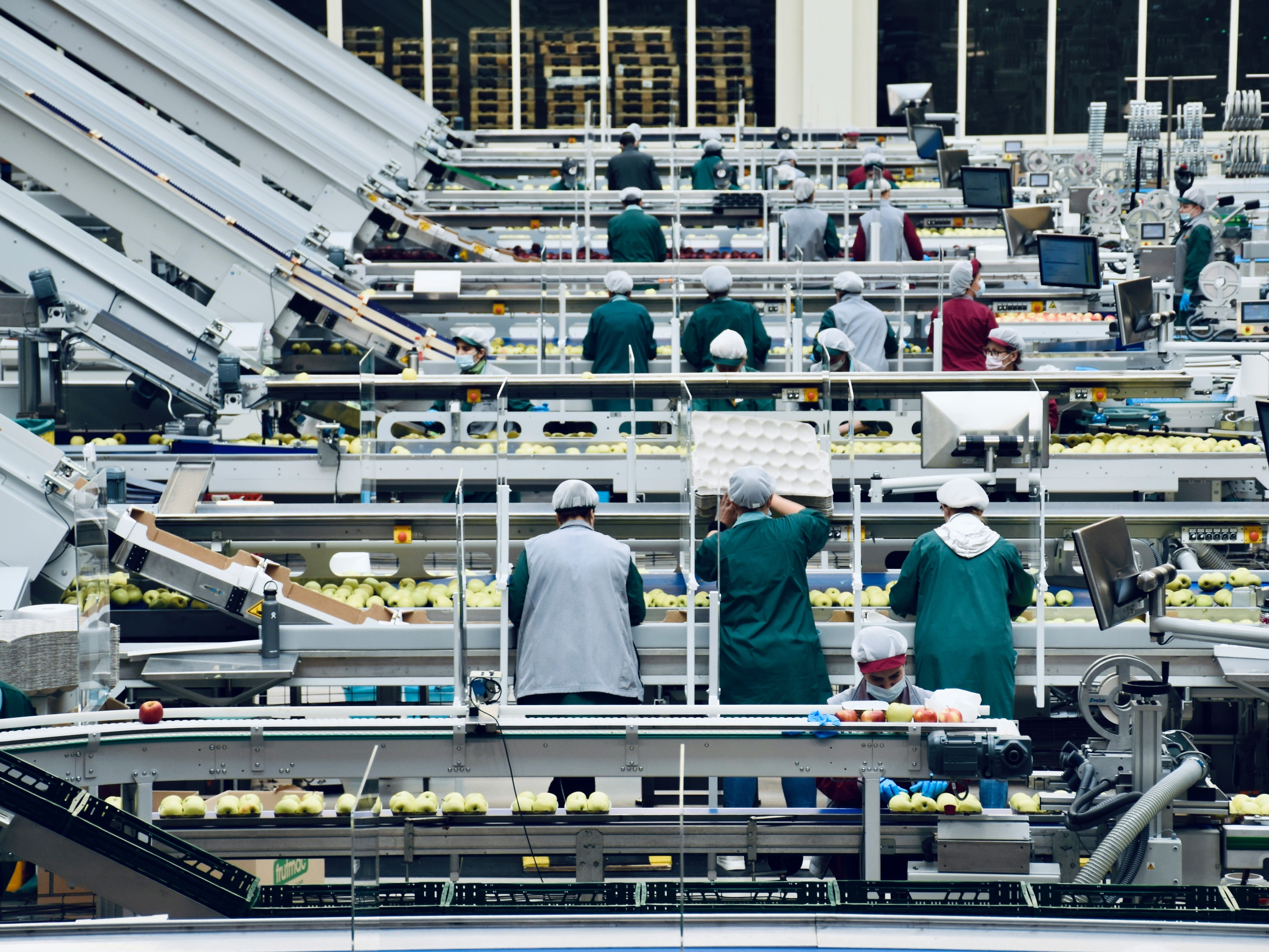Views: 29 Author: Site Editor Publish Time: 2025-10-24 Origin: Site
In the modern food industry, cold chain processing plays a crucial role in maintaining food safety and quality — from the production line to the consumer's table. With strict hygiene standards, precise temperature control, and the need for high automation, manufacturers are turning to pneumatic systems to make their equipment more reliable, efficient, and energy-saving.
Pneumatic components are becoming an essential part of cold chain food processing machinery. This article explores how they are applied in automation, temperature regulation, cleaning, and long-term operation — and why they are key to advancing food safety and efficiency.

Pneumatic components use compressed air as a power source. Compared to electric or hydraulic systems, they offer several advantages:
Smooth and precise motion control
Fast response speed
Simple structure with low maintenance needs
No risk of oil contamination
In cold chain processing, pneumatic systems typically include:
Pneumatic actuators (cylinders) for motion control
Pneumatic valves for regulating airflow or liquids
Air preparation units such as filters and regulators
Tubing and fittings for air distribution
Together, these components create a highly responsive automation system that enhances both efficiency and cleanliness — two cornerstones of cold chain safety.
Automation is the backbone of modern cold chain processing. Pneumatic components enable high-speed, accurate, and consistent movement in automated systems.
For example, in packaging lines, pneumatic actuators control the opening and closing of clamping devices or sealing mechanisms. Their fast response ensures that food items are positioned, sealed, and labeled accurately — even on rapid production lines.
By replacing manual or electric mechanisms with pneumatic ones, producers can boost throughput, reduce labor costs, and ensure consistent product quality across batches.
Temperature is everything in cold chain systems. Even minor fluctuations can compromise food safety. Pneumatic control valves are widely used in temperature regulation systems, precisely managing the flow of chilled water or circulating air to keep equipment within optimal temperature ranges.
Because pneumatic valves react instantly to control signals, they can quickly adjust when production conditions change — such as when machinery starts, stops, or switches product types. This fast, dynamic response helps maintain stable low temperatures and prevent spoilage.
Hygiene is a top priority in food processing, especially in cold chain environments where bacteria can survive longer at low temperatures. Pneumatic components are inherently clean and oil-free, making them ideal for use in clean-in-place (CIP) and automated cleaning systems.
Many pneumatic devices are made of stainless steel or corrosion-resistant materials, capable of withstanding frequent washing and chemical disinfection. Pneumatic valves can precisely control the flow and spray pattern of cleaning solutions, ensuring every part of the equipment is thoroughly sanitized without manual intervention.
| Function | Pneumatic Application | Benefit |
| Packaging | Pneumatic actuators | Fast, accurate movement |
| Temperature control | Pneumatic valves | Stable, precise cooling |
| Cleaning systems | Pneumatic sprayers | Hygienic, corrosion-resistant |
| Sorting/handling | Pneumatic cylinders | Smooth, gentle food handling |
Cold chain systems often operate 24/7, and reliability is crucial. Pneumatic components are valued for their simple mechanical structure, low failure rate, and ability to function in low-temperature or humid environments.
Unlike hydraulic systems, they don't rely on lubricants that could freeze or leak. This makes pneumatics a safer and more durable choice for continuous, low-temperature operation.
Their long service life and low maintenance costs help reduce unplanned downtime — a key factor in maintaining profitability for cold storage and processing facilities.
Pneumatic systems can complete motion cycles in milliseconds, allowing equipment to run faster without sacrificing accuracy. This helps food manufacturers increase production capacity and shorten delivery times.
Because pneumatic systems have fewer moving parts and minimal wear, maintenance is simpler and less costly. Downtime caused by component failure is also greatly reduced, ensuring more stable production.
Compressed air eliminates the risk of oil or chemical contamination. For food processors, this means a cleaner, safer working environment and easier compliance with international food safety standards like HACCP and ISO 22000.
As the cold chain industry embraces digital transformation and automation, pneumatic systems are evolving too. The integration of smart sensors and IoT-based monitoring allows operators to track air consumption, detect leaks, and schedule maintenance in advance — all in real time.
Future cold chain plants will rely on intelligent pneumatic systems that optimize energy usage, extend equipment life, and ensure consistent product quality — aligning perfectly with sustainability goals and stricter hygiene regulations.
The integration of pneumatic components into cold chain food processing equipment marks a major step forward in food industry automation. From packaging and temperature control to cleaning and continuous operation, pneumatics offer unmatched benefits in efficiency, reliability, and hygiene.
As the demand for high-quality, safely preserved food continues to grow, pneumatic technology will remain at the heart of innovation in the cold chain sector.
WAALPC Pneumatics provides advanced pneumatic solutions tailored for cold chain applications — combining precision, energy efficiency, and hygiene to help food manufacturers achieve smarter, safer, and more sustainable production.
Contact WAALPC Pneumatics today to explore how our pneumatic systems can upgrade your cold chain equipment for the future.
Email: tina@waalpc.com
Website: www.waalpc.com